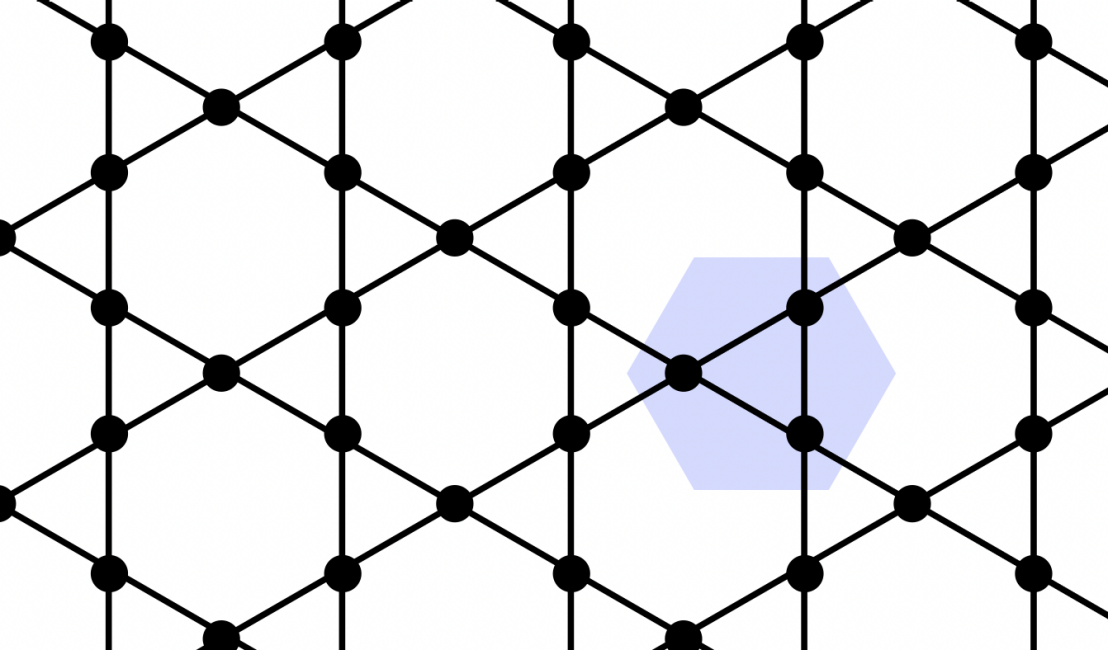Correlations and flat bands
Our vision
We are very well acquainted with the relation between momentum and energy. Free particles posses an energy which depnends quadratically on momentum. This simple observation lies at the heart of many much more complicated single- and many-particle phenomena: Bosonic particles tend to bunch in the same state. Seeking at the same time a minimal energy state, a quadratic dispersion relation immediately lends itself to the famous Bose-Einstein condensation at zero momentum. Quite contrarily, Fermions are known to avoid each other at quite some cost. Again, keeping that cost at bay, filling up the dispersion curve with states up to the Fermi-energy is what Fermions tend to do. Once more, using the quadratic dispersion, one can explain a good fraction of observed electronic properties of metals, semiconductors and simple band insulators. Magnets are not much different. The low temperature properties of most magnetic materials can be readily understood in terms of simple energy momentum relations, may there be quadratic or linear.

The obvious question arises: What effects can we expect if we fundamentally change these single-particle dispersion curves? While it may sound like an academic question, many naturally occuring lattices render the electronic or magnetic excitation very differently from the benign quadratic or linear examples. In our research we explore in particular the effect of flat bands on the many-body physics. Flat bands, are systems where the energy does not depend on momentum at all. For these special cases, nothing is the way we expect: Bosons don't condense, Fermions don't form a reasonable Fermi-surface and hence many theories describing weakly interacting electrons break down. Spins on the other hand often don't find themselve in an orderly state but are left in a state of frustration where nobody is fully happy.
We are excited about the physics arising form such flat bands, because some of the most intriguing phases of matter arise from them. This includes spin-liquids, fractional quantum Hall states, or, like in twisted bilayer graphene, supercondctivity at temeperatures where one shouldn't expect it.